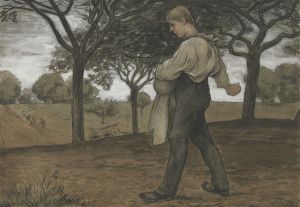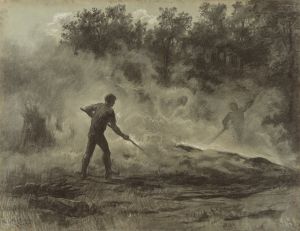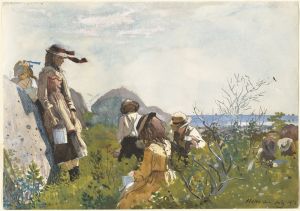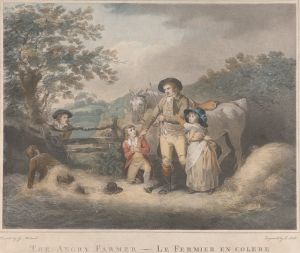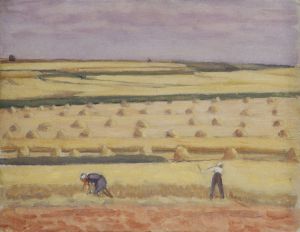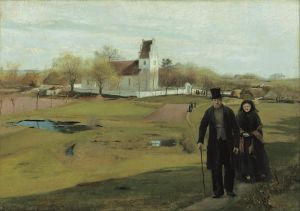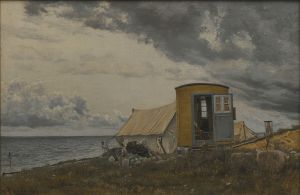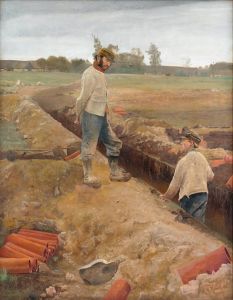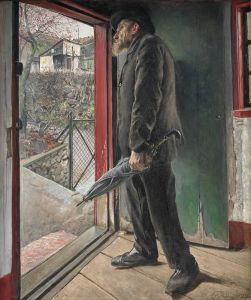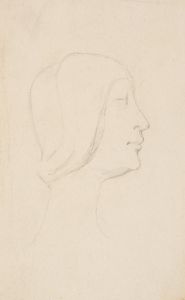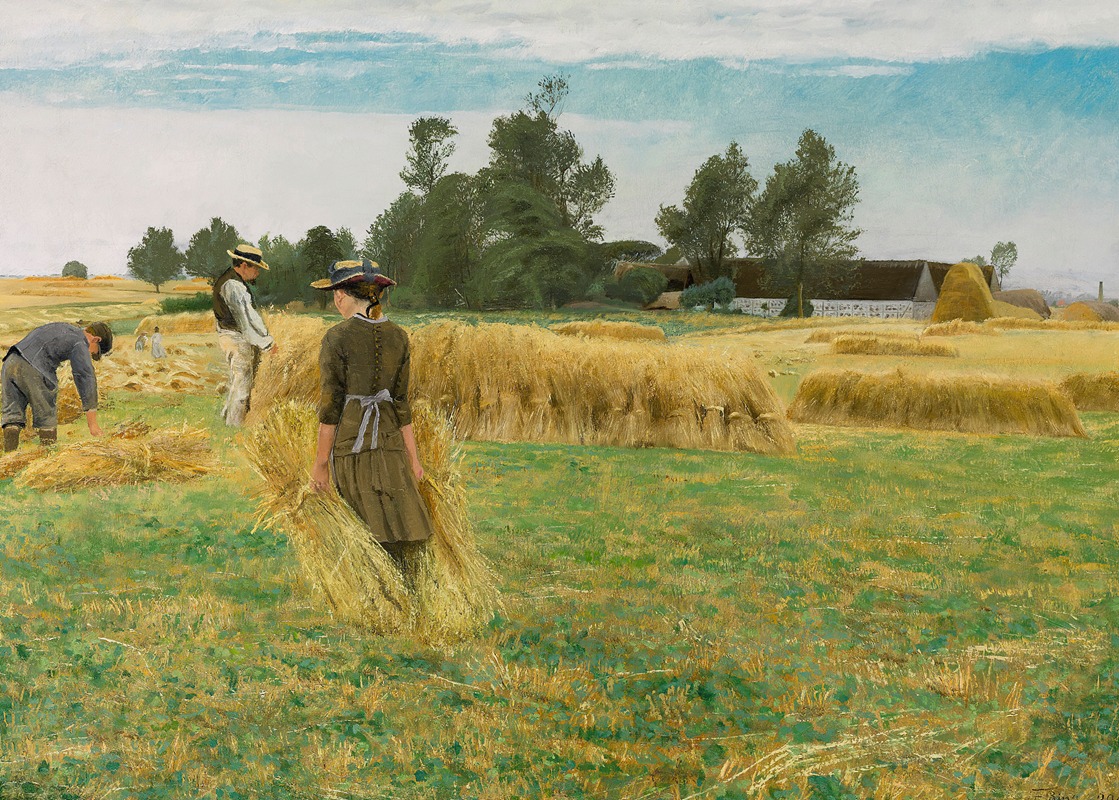
Harvest Time, Ladby
A hand-painted replica of Laurits Andersen Ring’s masterpiece Harvest Time, Ladby, meticulously crafted by professional artists to capture the true essence of the original. Each piece is created with museum-quality canvas and rare mineral pigments, carefully painted by experienced artists with delicate brushstrokes and rich, layered colors to perfectly recreate the texture of the original artwork. Unlike machine-printed reproductions, this hand-painted version brings the painting to life, infused with the artist’s emotions and skill in every stroke. Whether for personal collection or home decoration, it instantly elevates the artistic atmosphere of any space.
Laurits Andersen Ring was a prominent Danish painter associated with the Symbolist movement and known for his depictions of rural life and landscapes in Denmark. One of his notable works is "Harvest Time, Ladby," which captures the essence of rural Danish life during the late 19th and early 20th centuries.
Laurits Andersen Ring was born on August 15, 1854, in the village of Ring in southern Zealand, Denmark. He initially trained as a house painter before pursuing formal art education at the Royal Danish Academy of Fine Arts in Copenhagen. Ring's work is characterized by its attention to detail, use of light, and the portrayal of everyday scenes with a sense of realism and emotional depth.
"Harvest Time, Ladby" is a painting that exemplifies Ring's focus on rural themes and his ability to capture the nuances of agricultural life. The painting depicts a scene of harvest in the village of Ladby, located in the region of Zealand. This area was known for its agricultural activities, and Ring's painting reflects the importance of farming in Danish society during this period.
In "Harvest Time, Ladby," Ring employs a naturalistic style to depict the landscape and the people working within it. The painting shows a group of farmers engaged in the labor-intensive process of harvesting crops. The figures are portrayed with a sense of realism, highlighting the physical demands of their work. Ring's use of light and shadow adds depth to the scene, emphasizing the time of day and the season.
The composition of the painting is carefully balanced, with the figures placed in the foreground and the expansive landscape stretching out behind them. This arrangement not only draws attention to the workers but also situates them within the broader context of the natural environment. Ring's attention to detail is evident in the depiction of the crops, the tools used by the farmers, and the textures of the clothing worn by the figures.
Ring's work often reflects a deep connection to the Danish landscape and a respect for the people who inhabit it. "Harvest Time, Ladby" is no exception, as it captures the harmony between humans and nature, a theme that is prevalent in much of his work. The painting serves as a testament to the enduring rhythms of rural life and the cycles of nature that define agricultural communities.
Throughout his career, Laurits Andersen Ring received recognition for his contributions to Danish art. His works are celebrated for their technical skill, emotional resonance, and the ability to convey the beauty and challenges of everyday life. "Harvest Time, Ladby" is a prime example of Ring's mastery in capturing the spirit of rural Denmark, making it a significant piece within his oeuvre.
Ring's influence extends beyond his paintings, as he played a role in the development of modern Danish art. His work continues to be studied and appreciated for its historical and cultural significance, offering insights into the lives of people in Denmark during a time of change and modernization.
In summary, "Harvest Time, Ladby" by Laurits Andersen Ring is a painting that encapsulates the artist's dedication to portraying rural life with authenticity and sensitivity. Through his detailed and thoughtful depiction of the harvest scene, Ring provides a window into the world of Danish farmers and the landscapes they inhabit, making it a valuable piece of cultural heritage.





